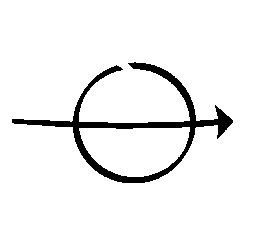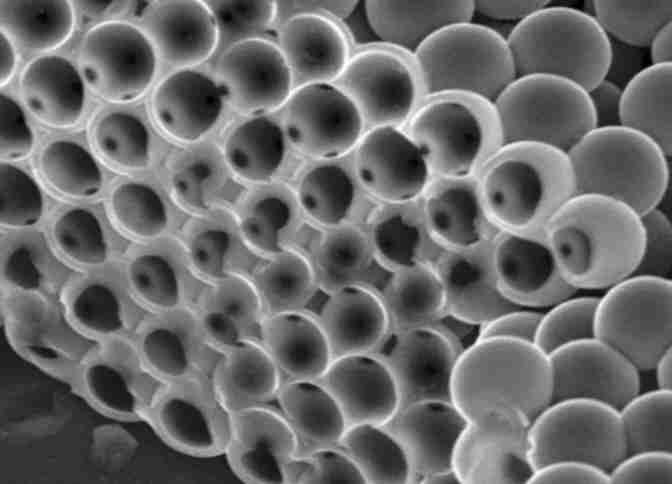

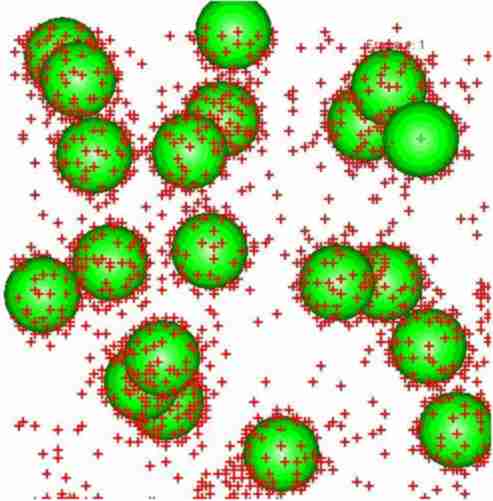

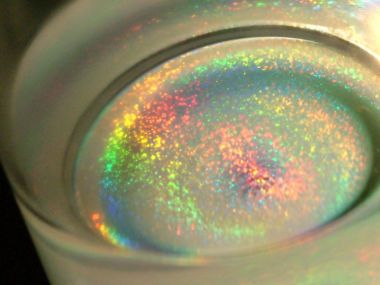
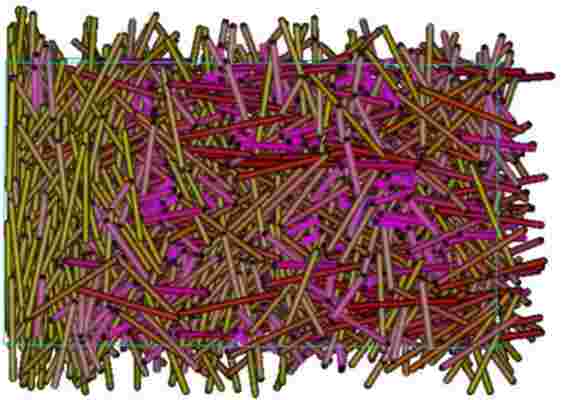
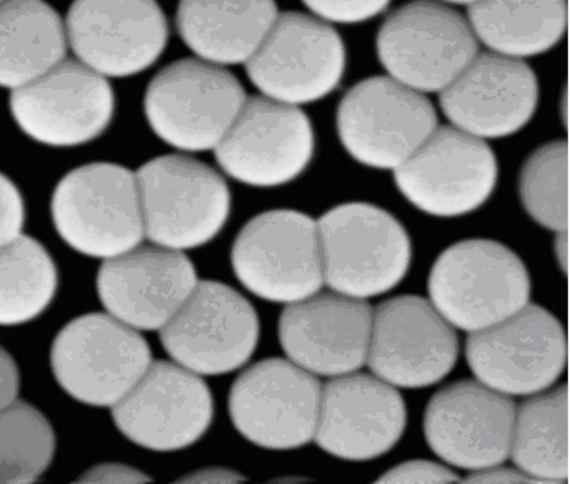
Soft Condensed Matter Group:
Prof. Dr. Alfons van Blaaderen
- Dr. Arnout Imhof
- Prof. Dr. Ir. Marjolein Dijkstra
-
Dr. Laura Filion
- Dr. Marijn van Huis
Soft condensed matter systems are materials which deform easily under the
influence of external fields such as electric fields, shear or gravity. They
contain structures with length scales that are much larger than atomic or
molecular dimensions, and display dynamics that are much slower. Nevertheless,
their structure and dynamics are still governed by thermal fluctuations. We
study the physics of soft matter model systems and, using these insights,
fabricate new mesostructured materials from them. Our research tools consist of
confocal microscopy, scattering methods, colloid synthesis, computer
simulations, and theory.
The SCM group is part/member of:
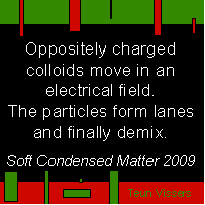
News
Alfons van Blaaderen, Arnout Imhof and Patrick Baesjou (all SCM) were awarded a grant in the “STW Open Technology program” for their research project: “Switchable Optics with Responsive Colloids".
Krassimir Velikov (SCM) was granted an EU project NanoTrans: “Transport of Soft Matter at the Nanoscale”. The goal will be to investigate the effect of solvent migration on particles dynamics and interactions in particle structured products and their effect on rheology and stability (e.g. sedimentation). The focus will be on understanding the difference between structuring of aqueous and oil continuous systems.
Marjolein Dijkstra new Scientific Director Debye Institute
On 26 January 2015, Prof. Marjolein Dijkstra was appointed Scientific Director of the Debye Institute for Nanomaterials Science by dean Gerrit van Meer. With this appointment, Prof. Marjolein Dijkstra succeeds Prof. Krijn de Jong, who was Scientific Director for the past 3 years. The appointment is for the period February 1, 2015 to February 1, 2018.
The Debye Institute is an interdisciplinary research institute that involves participation of the groups from Chemistry and
Physics. The Scientific Director is alternately from each of the concerned departments.
The Scientific Director is responsible
for the strategy, content and implementation of the program and for monitoring the quality of the research.
Switching plastic crystals of colloidal rods with electric fields
B. Liu, T. H. Besseling, M. Hermes, A. F. Demirörs, A. Imhof, and A. van Blaaderen, Nature Communications 5: 3092
Interessant voor toepassing in beeldschermen
Plastische kristallen bieden uitzicht op nieuwe materialen
Onderzoekers van FOM en de Universiteit Utrecht hebben ontdekt dat plastische kristallen, die een bijzondere vorm van materie vormen, gemaakt kunnen worden met behulp van staafvormige deeltjes. De kristallen kunnen bijvoorbeeld van pas komen in kleurenbeeldschermen op basis van elektronische inkt. Het onderzoek is 21 januari gepubliceerd in Nature Communications.
De onderzoekers zijn er voor het eerst in geslaagd plastische kristallen te maken met behulp van colloïden, deeltjes met een afmeting tussen één en duizend nanometer (een nanometer is een miljardste van een meter). Dit maakt het mogelijk om de bijzondere fase van de plastische kristallen kwantitatief op deeltjesniveau te onderzoeken. Zo is een plastische glasfase gecreëerd en onderzocht. Het onderzoek werd uitgevoerd door promovendus Thijs Besseling en postdoc dr. Bing Liu van FOM, onder begeleiding van
dr. Arnout Imhof en prof.dr. Alfons van Blaaderen van het departement Natuur- en Sterrenkunde.
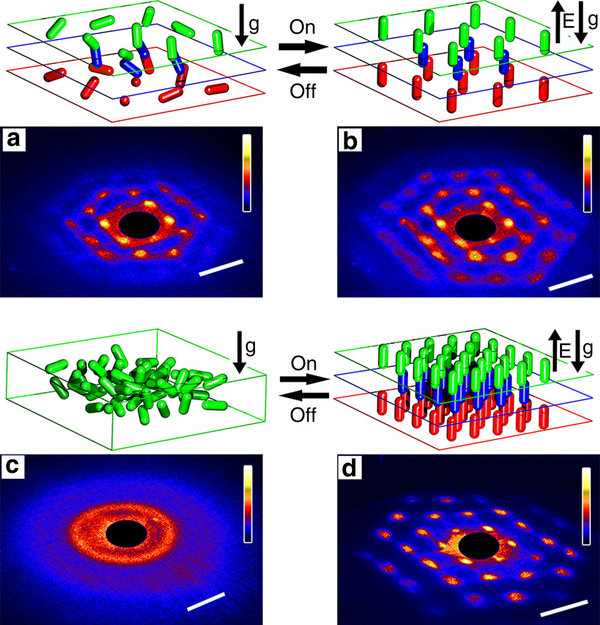
Laser diffraction patterns of crystal switching.
Dr. Laura Filion receives a VENI-subsidy from NWO.
Diffusie in colloïdale kristallen
Dr. L. (Laura) Filion (f), UU – Soft Condensed Matter and Biophysics
Door het veranderen van de vorm en interacties van microscopische deeltjes kunnen vele verschillende
kristalstructuren worden gemaakt. Sommige recentelijk ontdekte kristallen van colloïdale deeltjes vertonen
verassend hoge diffusiesnelheden.
De onderzoeker zal de diffusie in deze systemen bestuderen met computersimulaties.
KNAW membership for Prof.dr Alfons van Blaaderen.
The KNAW has chosen fifteen new members. Members of the KNAW, prominent scientists from all disciplines
are chosen based upon recommendations of peers inside and outside the Academy. The KNAW counts
around fivehundred members, divided over the departments Literature and Physics. A membership is for a lifetime.
On Monday 30 September 2013 the new Academy members will be installed in the Trippenhuis of the KNAW.
October 2012: Colloidal bead chains in Angewandte Chemie
Colloidal analogues of (bio)polymer chains with tunable flexibility can be prepared from dielectric colloids
by using a combination of electric fields and a simple bonding step, as described by
H.R. Vutukuri et. al.
in Angewandte Chemie. These model systems can be used to study the classic bead-spring and bead-rod model
systems for (semi)flexible and rigid polymers, respectively, in real space and in real time on the monomer level.
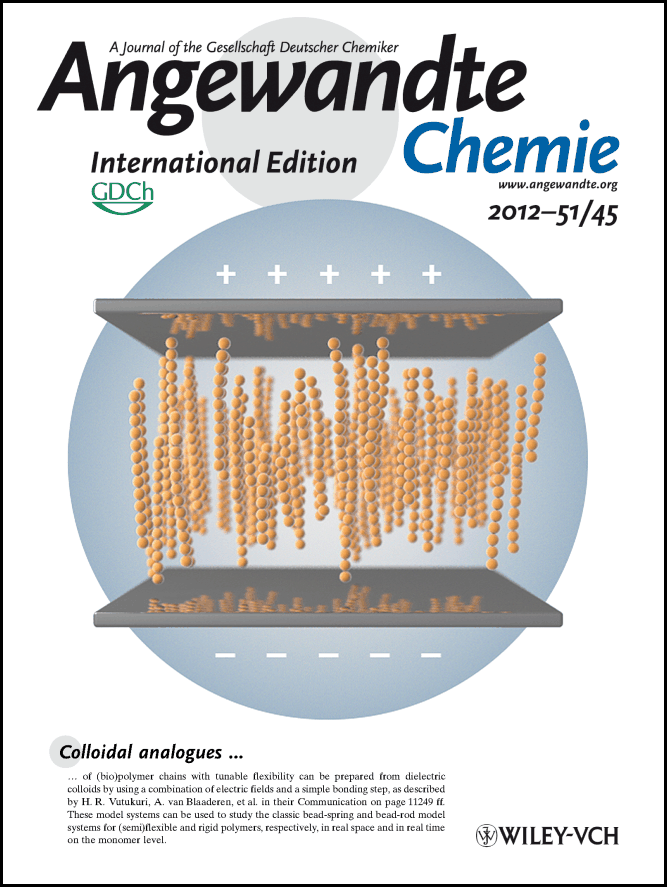
Contact
| Mail address: | Visiting address: | E-mail Secretary: |
|---|---|---|
|
Debye Institute Utrecht University PO Box 80000 3508 TA Utrecht The Netherlands |
Ornstein lab. room OL 061 Princetonplein 1 3584 CC Utrecht The Netherlands -> Travel directions |
Marion Wijburg Tel. 030-2532952 |


